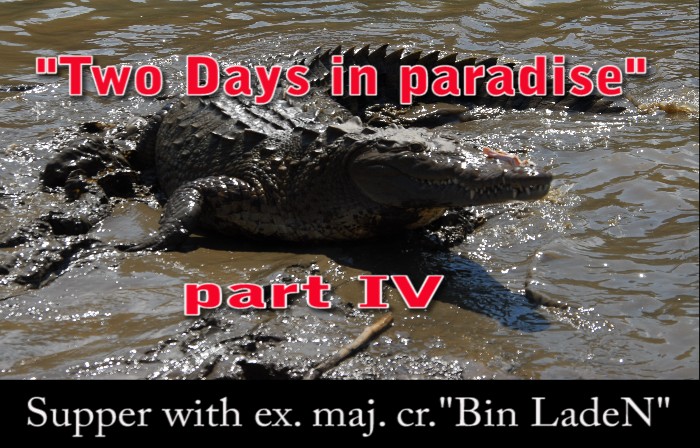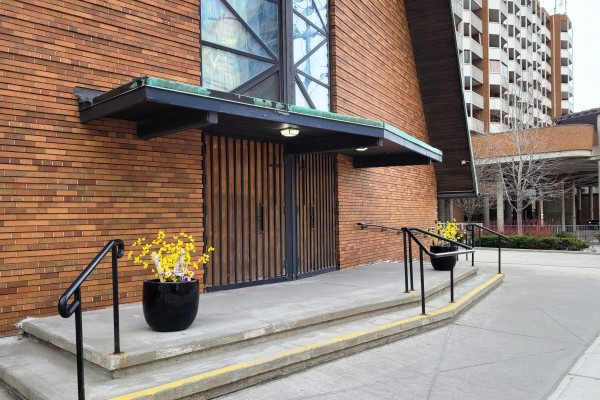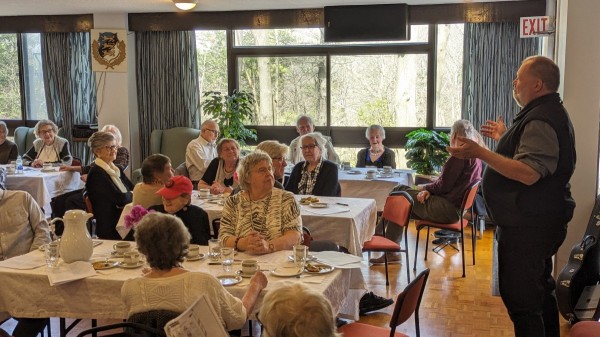http://www.integratedconservat...
Illar Muul, PhD
President and Founder of Integrated Conservation Research, Inc.
The previous two articles discussed the excellent review in the October 2012 National Geographic Magazine (NGM), about the international, illegal ivory trade and its consequences. The devastating news was that over 25,000 elephants are killed per year. In the 1st article about this slaughter I concluded that the periodic burning of seized illegal ivory and other measures, unfortunately, have not slowed down this slaughter. NGM points out that ivory price has increased 20 fold, which creates more incentive for poaching. In the 2nd article I began to present ways to analyze these problems.
Situations in Sri Lanka and Thailand were compared, where elephants, historically, have been a large part of the cultures. Sri Lanka has about 20 national parks to protect elephants and other endangered species. Yet, most of the elephant population lives outside the parks. One of the reasons for this is that food for elephants is more abundant outside of the forests, including some of the crops planted by people. In a closed canopy forest ground vegetation is scarce.
No easy solutions have been proposed. In view of the high human density in Sri Lanka a complete resolution may not be possible. Displacing people in order to create more protected areas for elephants is unlikely.
In the previous article the concept of “critical mass” in conservation was discussed in the context of an integrated approach to conservation (Man and the Biosphere Program, UNESCO, MAB, see MAB Digest 15).
The MAB strategy encourages economic development based on resources protected in Parks (“Core Areas”) in limited ways in surrounding “Buffer Zones.” An example would be Nature Tourism (Ecotourism). Our organization, Integrated Conservation Research, ICR has developed 11 model sites in the last 25 years, in tropical rainforests in Asia, Latin America, and Africa. All of these projects became ecologically and economically sustainable. Some have brought in remarkable profits to the developers (both government and private), providing incentives for others to devote land for conservation. Many new protected areas have been created, both public and private.
In Sri Lanka where 70% of the elephant population is reported to live outside existing national parks, “Buffer Zones” could be created around existing parks, where people and elephants could co-exist. Now that ethnic military conflict has subsided, tourism (especially nature and culture) can be promoted to provide part of the economic support for these areas. The Buffer Zones should attempt to create “Biological Corridors” between, and connecting, isolated national parks, especially the smaller ones. The attractions should include a wide variety of geographic features, animals, and plants.
In our first model sites in Kinabalu Park, Malaysia, hundreds of jobs have been created in the “Buffer Zone” (hotels, restaurants, transport, nature interpretation, souvenirs, various services such as laundry and internet, etc.) Poaching in that part of the park has greatly reduced and animals have become less afraid of people, making them easier to observe.
When we began there in 1988, Malaysia’s main sources of foreign revenue were rubber, oil palm, and tin. These are still important, but in the last decade tourism ranked number 2, with annual revenues of $8.2 billion (The Economist, 2007). To put that in global perspective, Switzerland earned $10.4 billion annually from tourism.
Sri Lanka has enormous tourism potential, with a wide variety of natural wonders. With the growth of wealth in China and India, demand is greatly increasing.
The potential for tourism has many implications, but should not be viewed as the sole answer. To reach “critical mass’ in conservation, we need many answers, implemented in an “integrated” manner (www.incores.org). Agricultural production remains important, but needs to be made “elephant friendly” (meaning not likely to be marauded by elephants) in the newly created “Buffer Zones.” “Factory farms” are to be avoided in the wet tropics in any case (MAB Digest 15). “Agro-ecosystems” can be designed to maximize benefits to people and to wildlife of all kinds. In order to save the elephants we need to better provide for the people.
The next article will analyze the situation in Thailand, and later the enormous problems in Africa will be addressed.
Editor’s Note:

958 Broadview Avenue Toronto Ontario M4K 2R6
phone (416) 465-4659 or toll-free 1-866-844-3828
fax (416) 465-8442
Estonian World Review INC 129690
A fund has been set up by EWR to support ICR. Please help support this worthy organization and forward this article to those who would be interested in “common sense” solutions to complex conservation challenges. The future of elephants and many other endangered species is at stake. You may agree that “common sense” is often not so common. Dr. Muul has summarized the problems that are so well analyzed by the National Geographic Magazine. We look forward to Dr. Muul’s interpretation of this horrible situation, and possible resolutions.



























